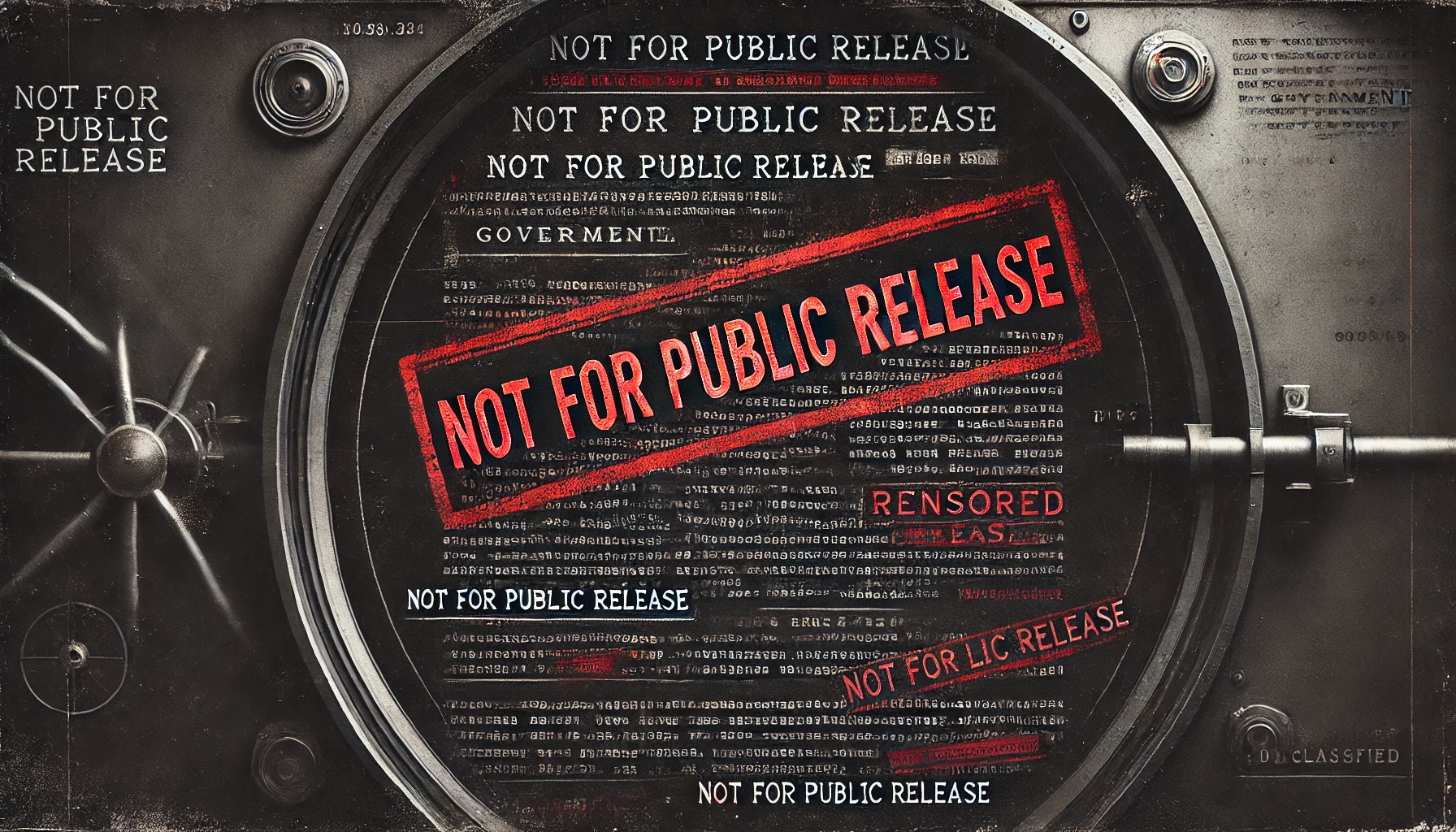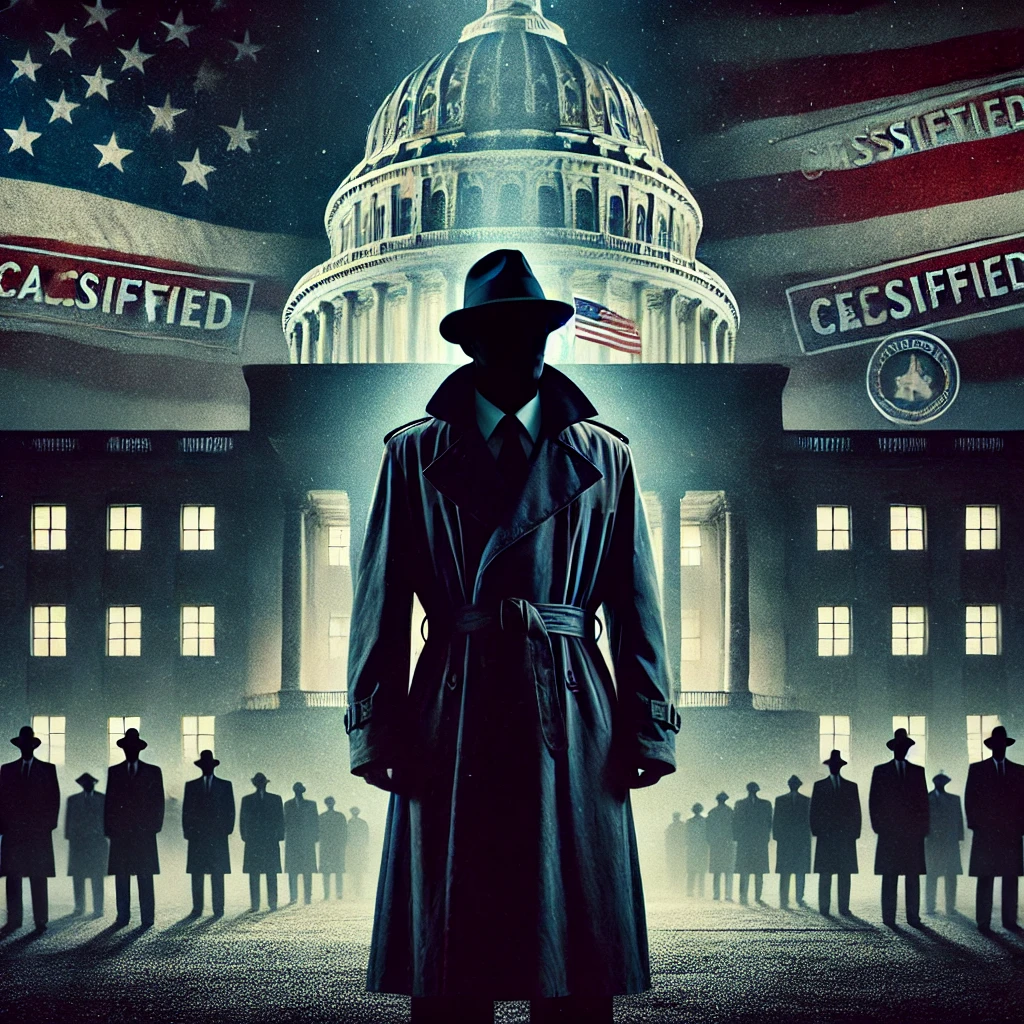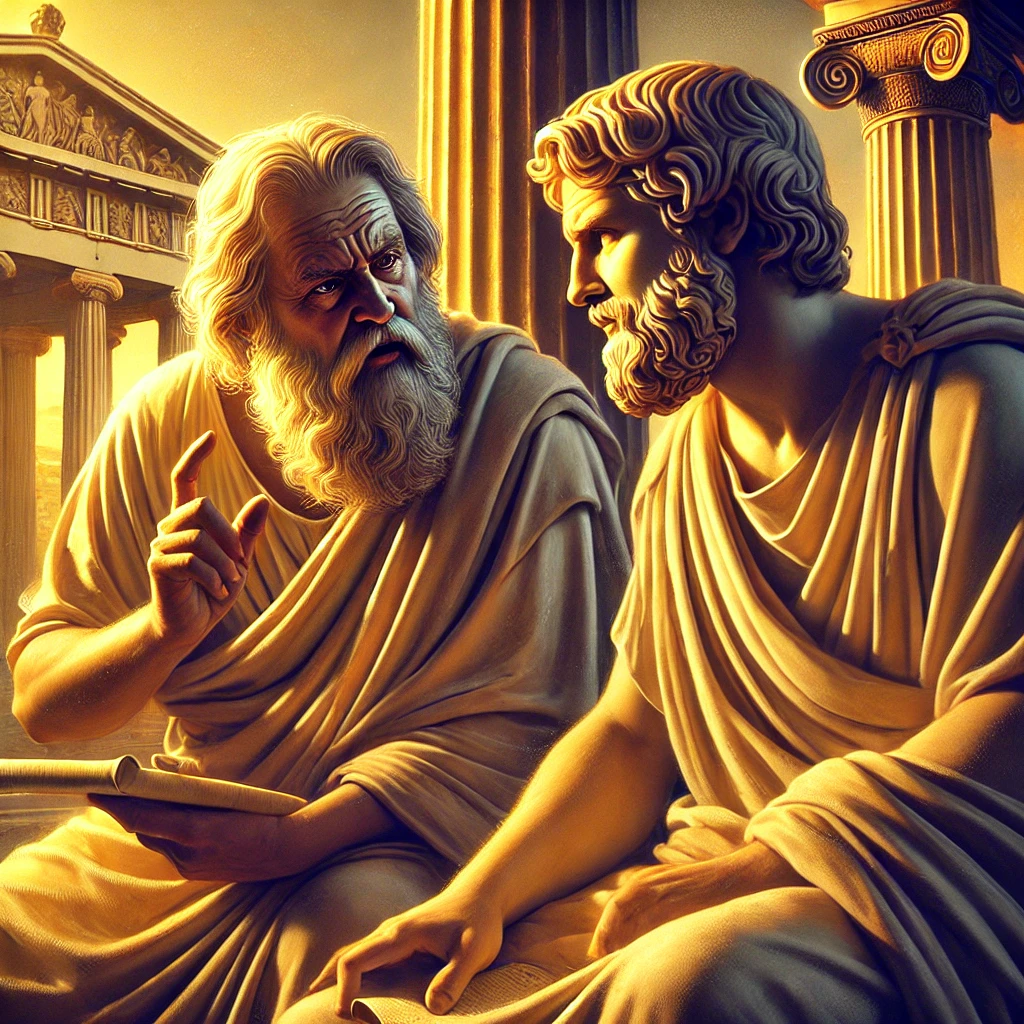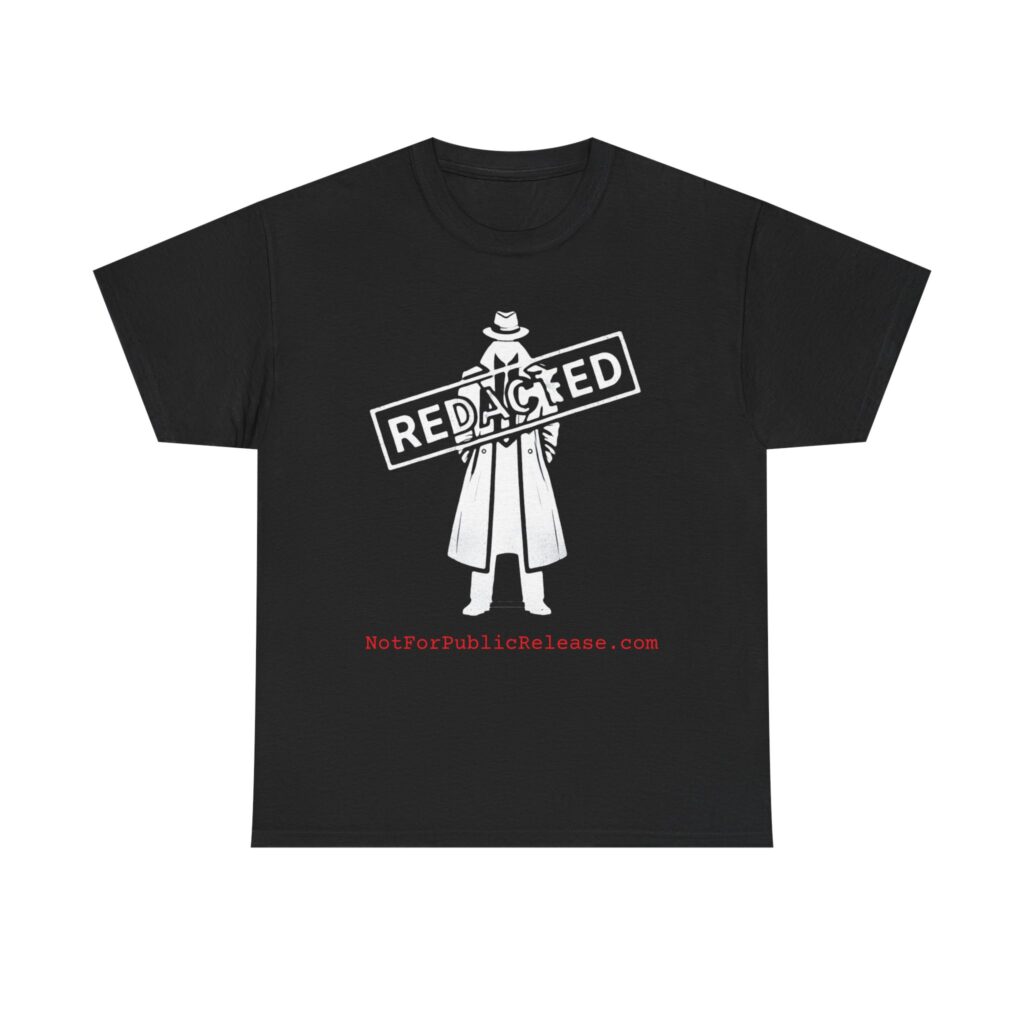The idea of a shadow government in the United States is one of the most persistent and controversial theories in modern political discourse. Some believe there’s an unelected, behind-the-scenes network controlling the country, while others argue that what people call a “shadow government” is just the natural function of bureaucracy, intelligence agencies, and elite power structures.
So, does a shadow government actually exist? Let’s break it down.
1. The Deep State: Bureaucracy or Hidden Power?
The term “deep state” refers to a network of unelected officials, intelligence agencies, and powerful elites who continue to shape U.S. policies regardless of who is in power.
• What’s Real?
• The federal government has a massive bureaucracy—millions of career employees across agencies like the FBI, CIA, NSA, Pentagon, and State Department.
• These agencies don’t change leadership overnight, meaning policies and intelligence operations continue regardless of elections.
• Some decisions happen behind closed doors, especially in national security and intelligence operations.
• The Shadow Government Angle
• Some believe intelligence agencies, military-industrial complex leaders, and elite financiers have more power than elected officials.
• Reports of secret military projects, classified budgets, and black ops programs fuel the idea that some decisions are being made without public knowledge or oversight.
• Whistleblowers like Edward Snowden exposed how the NSA conducted widespread surveillance without democratic approval—proof that at least some government actions operate in secrecy.
🔴 Does this mean there’s a conspiracy? Not necessarily. But it does show that unelected bureaucracies can continue their own agendas, even when voters elect new leaders.
2. Continuity of Government (COG): The Real Shadow Government?
The U.S. has an official Continuity of Government (COG) program, designed to keep the country running in case of a nuclear attack, mass catastrophe, or collapse of the official government.
• Established during the Cold War, the COG plan included:
• Secret underground bunkers for leaders.
• A secondary government chain-of-command in case the president was incapacitated.
• The ability for military, intelligence, and select corporate leaders to maintain control if Washington D.C. was wiped out.
• Post-9/11 Expansions
• After 9/11, secretive COG protocols were expanded.
• President George W. Bush authorized “shadow leadership” exercises, ensuring the government could function if key officials were killed.
• Classified spending increased, raising concerns that secret operations were happening outside of public oversight.
⚠️ Why It Matters:
A legal framework exists where non-elected officials could take control under “national emergency” conditions.
While not a permanent shadow government, it raises concerns about how much power military and intelligence officials hold during crises.
3. The Corporate-Government Nexus: Who Really Runs America?
Many believe the real shadow government isn’t inside the White House—it’s the corporations, banks, and tech elites who hold financial control over policies.
The Power of Wall Street & The Military-Industrial Complex
• Big Banks & The Federal Reserve
• The Federal Reserve (the U.S. central bank) is not directly controlled by elected officials, leading to concerns that financial elites manipulate economic policies behind the scenes.
• Major corporations and hedge funds exert huge influence over political decisions through campaign donations and lobbying.
• Defense Contractors & The Pentagon
• U.S. foreign policy is heavily influenced by military-industrial corporations (Lockheed Martin, Raytheon, Northrop Grumman).
• Military officials and defense contractors often cycle between public and private roles, ensuring the war industry never stops.
• Wars and military interventions often align with corporate interests (oil, rare minerals, tech dominance).
Big Tech & Surveillance
• Companies like Google, Facebook (Meta), Amazon, and Microsoft have deep ties to intelligence agencies.
• AI & Data Collection: These companies collect more personal data than any government.
• Censorship & Information Control: Many argue that Big Tech shapes public perception by controlling narratives, acting as a de facto Ministry of Truth.
⚠️ The Real Shadow Government?
• The U.S. technically follows democratic elections, but major decisions—economic, military, and technological—are heavily influenced by corporations and elites.
• Presidents come and go, but financial and military interests remain in control.
4. Secret Societies & Elite Networks: Are They Real?
Many conspiracy theories link the U.S. shadow government to secret societies, such as:
• The Bilderberg Group – An annual meeting of global elites, including U.S. officials, bankers, and military leaders. No media coverage, no transparency.
• The Council on Foreign Relations (CFR) – A think tank that many U.S. presidents and cabinet members belong to, shaping foreign policy behind the scenes.
• Skull & Bones Society – An elite Yale fraternity that produced U.S. presidents, intelligence leaders, and banking moguls.
• Freemasons & Illuminati Theories – While no definitive proof links these groups to modern politics, many U.S. founding fathers were Freemasons, adding mystery to their influence.
🔴 What’s Real vs. What’s Myth?
• These groups exist, but the extent of their power remains debatable.
• Their secrecy fuels speculation that they coordinate government decisions outside democratic control.
5. Can the U.S. President Even Challenge the Shadow Government?
Some U.S. presidents have openly fought against shadowy influences:
• John F. Kennedy (JFK)
• JFK wanted to dismantle the CIA and reduce corporate power in politics.
• His assassination remains a topic of conspiracy theories, with many suspecting intelligence agency involvement.
• Dwight D. Eisenhower
• Warned about the “military-industrial complex” in his farewell speech, fearing the Pentagon had too much control over policy.
• Donald Trump
• Promoted the idea of a “deep state” working against him.
• Had open conflicts with intelligence agencies (CIA, FBI, NSA).
• Many argue he was not an insider and was resisted by established bureaucrats.
• Joe Biden
• Unlike Trump, Biden is viewed as part of the establishment, with strong ties to corporate and government interests.
💡 Key Takeaway:
• Presidents have limited power over entrenched bureaucracies, military contractors, and corporate influence.
• Shadow networks often outlast elected leaders.
Conclusion: Does a U.S. Shadow Government Exist?
🔴 Yes, but not in the way many think.
The U.S. government is not controlled by a single secret group, but there are several overlapping forces that shape power behind the scenes, including:
✅ Intelligence agencies that operate beyond presidential control.
✅ The military-industrial complex that ensures constant defense spending.
✅ Financial and corporate elites who fund politicians and manipulate policy.
✅ Big Tech controlling data, speech, and narratives.
✅ Underground continuity-of-government plans that could bypass elected officials.
🚨 Is democracy an illusion?
While Americans vote, the most powerful decisions happen behind closed doors, often by people who were never elected.
👁️ The real question is: Can the public ever reclaim control, or has the shadow government already won?







